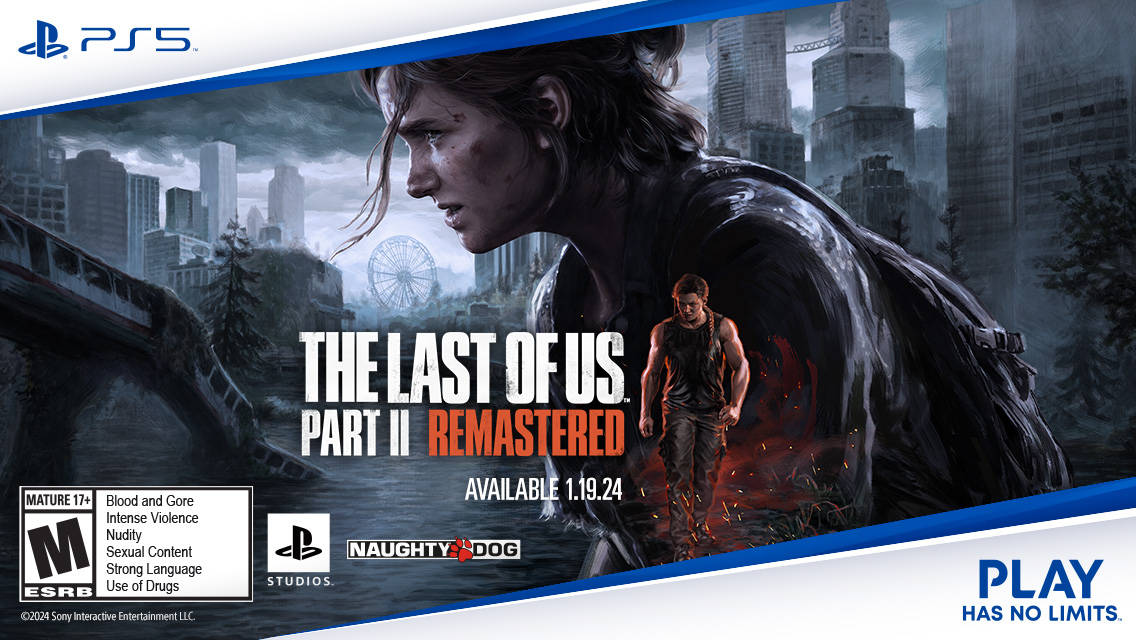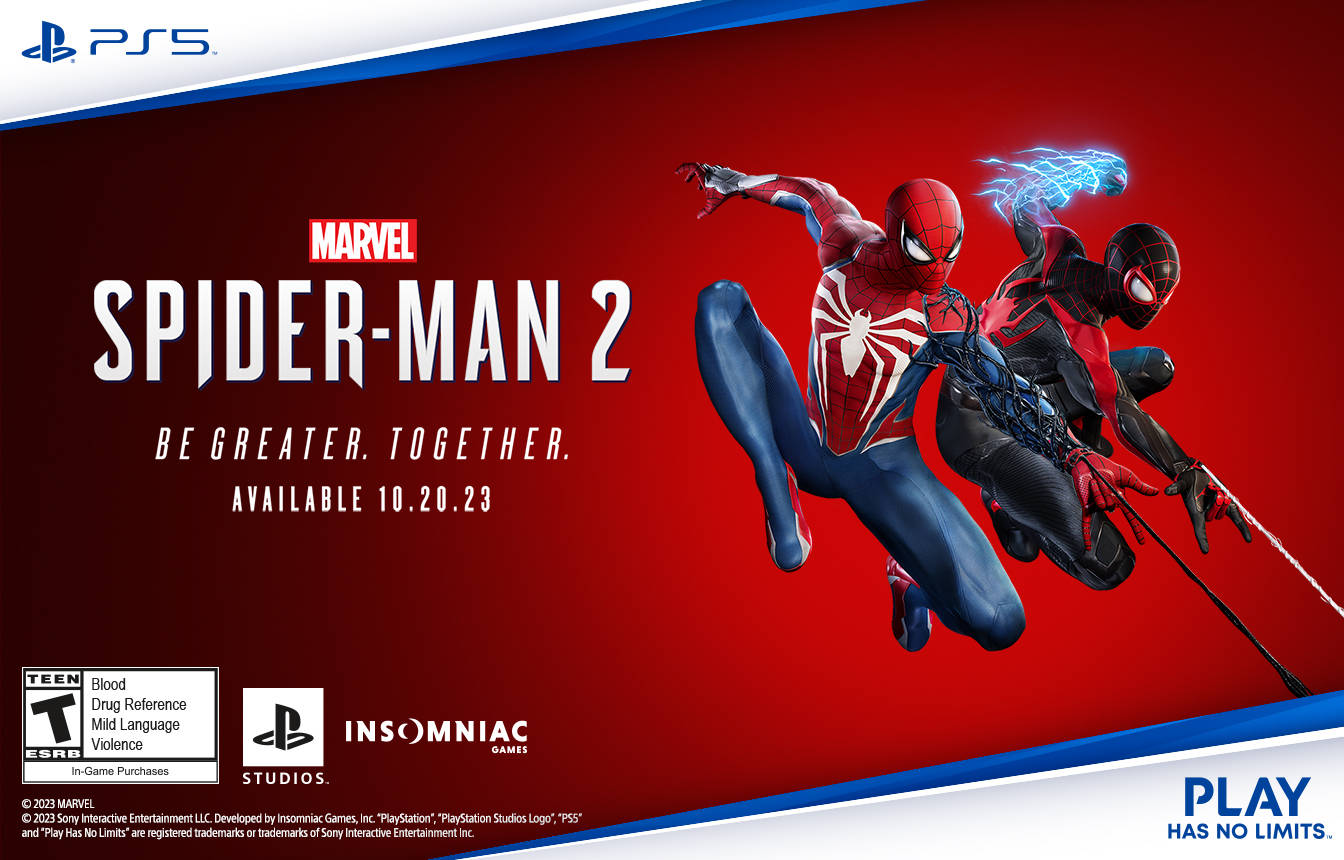There’s a great idea at the center of Yaiba: Ninja Gaiden Z. Pity there’s not a great game to go along with it.
First, the good: You play as Yaiba Kamikaze, a ninja killed in a showdown with mainline franchise star Ryu Hayabusa and resurrected as a cyborg by a shadowy corporation that wants to help him exact his revenge. In an early cutscene, Yaiba’s defeat is shown as a 20-second swordfight that probably wouldn’t even qualify as a sub-boss encounter in one of Hayabusa’s games. It’s an immensely interesting turn to be controlling a bit player in an established gaming universe, someone who only accidentally even counts as the hero of their own story.
And from a storytelling standpoint, Ninja Gaiden Z mostly delivers on that promise. It’s one part Rosencrantz and Guildenstern Are Dead, one part dime-store pulp, and one part Marvel Comics’ Deadpool. In truth, Yaiba probably owes his greatest debt to that final item. At times, he feels like a blatant homage to the Merc with a Mouth, with the same mercenary greed, playful braggadocio, and incessant potty mouth. Like Deadpool, there’s the sense that Yaiba’s been designed expressly to deconstruct the medium he’s a part of.
As you’d expect, the narrative built around him is offensive and frequently stupid, but the writing is competent and self-aware enough to pull it off—though it’s questionable in some of the more pointlessly sexist moments, like a scene where a semi truck rams violently between a enormous pair of decorative legs atop a lingerie store, causing ladies’ undergarments to rain from the sky.
Any missteps are redeemed by the more interesting core plotline, where Yaiba follows in Ryu’s footsteps as the franchise’s star attempts to put a stop to a zombie outbreak. (In an odd coincidence, the infestation takes place in a fictional Ukrainian city that’s been invaded by Russian troops. Maybe someone at Tecmo Koei is in deep with the Kremlin.) The outside-looking-in perspective on Hayabusa’s heroics is neat, and some decent laughs are had along the way, especially from the slapstick introductions of the different zombie types.
Once you’re asked to turn Yaiba’s shattered sword on those shambling hordes, though, all the luster fades. The best modern hack-and-slash games develop an almost musical flow, using waves of enemy attacks to build up a rhythm and then asking players to read along and fill in the gaps with their own syncopation. In its worst moments, Yaiba offers pretty much the exact opposite. Enemy attack patterns trip all over one another, forcing you to block for extended periods of time and wait for a rare opening—a stark, ugly contrast to the speed and fluidity of your own attacks and combos.
That’s part of the reason why the game is so infuriatingly difficult—and not in the confident, consistent way for which the series is known, either. The challenge here is so uneven that it seems almost accidental and haphazard. Fodder enemies feel pointless enough that you’ll wonder why the developers even bothered to program in attacks, but the more difficult special zombies punish a mistimed lunge or a missed block by stealing a third of your lifebar. The middle stage of one particular boss fight caused more deaths than the entire rest of the game combined, simply because it was so much more technically demanding than anything that came before or after. A lone button-mashing quick-time event was about three times as hard as any of the others, forcing me to go red in the face and proving impossible in a second attempt—my arm was just too tired. (It’s probably worth noting that I had a perk that was supposed to make such sequences easier. Either the game bugged out and made this one harder by mistake, or anyone without that perk will need to build themselves a robotic arm.) Yaiba’s all over the difficulty map for no discernible reason.
All that might be forgivable if the game at least offered a decent slate of strategic options, but it really doesn’t. It’s not quite as bad as the vanilla release of Ninja Gaiden 3, but it’s not too far off, either. While the three basic attack buttons can be combined into a few different combos and special moves, only a couple are worth using on a regular basis. With the exception of one mandatory shield break, there’s never the sense that a particular move provides any meaningful situational advantage over certain enemy types, so you’re really just throwing out the same moves in every context.
In lieu of conventional alternate weapons, Yaiba can instead rip body parts off the special zombies with the aforementioned finishing move and wield those. It’s not a worthwhile replacement by any means. There’s a hint of depth here—most of these improvised arms have elemental damage that’s effective against certain enemy types—but it’s deflated by the fact that they’re only good for a limited number of uses. You’re not really choosing when to use a specific weapon against a specific enemy, but deciding whether to hoard the weapon you’ve got or use it up now. The result is something that feels half-baked and too prescribed, with the special enemies you encounter in one wave dictating your approach toward the next.
Over and over, that’s how the story of Yaiba’s design unfolds as you play. Any promise in its combat systems is squandered by the sloppy manner in which they’ve been implemented toward the whole. Fighting is never broken or out-and-out bad, but it’s always uninspired and frequently frustrating. Unlike the best games in the series, Ninja Gaiden Z feels more fumbling than expressive, more reactionary than strategic.
While the combat is clearly expected to do most of the heavy lifting, both in complexity and frequency, a handful of other segments are intended to break up the pacing a bit, but none of them are particularly noteworthy. Collectibles provide backstory snippets and upgrades to your health and elemental resistance, though searching is usually the simple matter of walking in whatever direction the fixed camera isn’t pointing you in. Platforming sections effectively consist of glorified quick-time events, requiring you to push a button corresponding to whatever object is in front of you. These portions usually just feel tedious, though occasionally the game will decide to place the next cue almost completely out of frame, which tips in the needle toward stupid.
Finally, puzzles task you with chucking different zombie types (flaming, electrified, and so on) around to progress. The presentation’s cute, but it’s really just window dressing on the same uninspired design we’ve been seeing for decades now. They’re red, yellow, and blue keys, waiting to be applied in the right order. They’re power cores to be swapped out to open doors. The concepts are dated, and their execution is so rote that I suspect the game would’ve been better off without any puzzles at all.
But, strange as it might sound, I’m actually happy that the rest of Yaiba: Ninja Gaiden Z exists. I don’t mean to discredit the preceding cavalcade of shortcomings—they’re fairly important—but the more I think about the game, the more I keep coming back to how much I like its one central idea. If we’re stuck revisiting these longstanding franchises until the end of time, then Ninja Gaiden Z represents the sort of imagination and playfulness I want to see more of—not just from Japanese properties, but from the industry as a whole. It’s trying something truly different, not pushing out another sufficiently evolved sequel or gritty, mature reboot designed by committee to reinvigorate a waning brand. Yaiba may have flubbed the landing, but as far as I’m concerned, its cyborg heart was in the right place.
|
★★☆☆☆
As a side project to the main series, Yaiba: Ninja Gaiden Z offers an interesting shift in tone and a main character with a lot of promise, but the combat and puzzles feel too rote and unpolished to deliver on the strong potential of the concept. |
Developer Spark, Comcept, Team Ninja Publisher Tecmo Koei ESRB M – Mature Release Date 03.18.2014 |
| Yaiba: Ninja Gaiden Z is available on Xbox 360, PlayStation 3, and PC. Primary version played was for Xbox 360. Product was provided by Tecmo Koei for the benefit of this coverage. EGM reviews on a scale of one to five stars. | |






